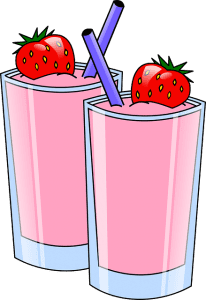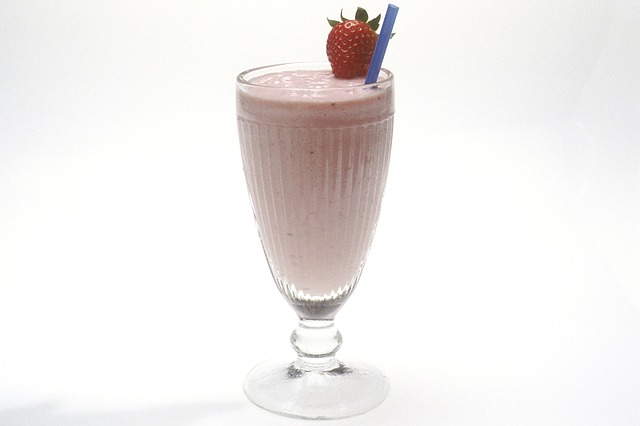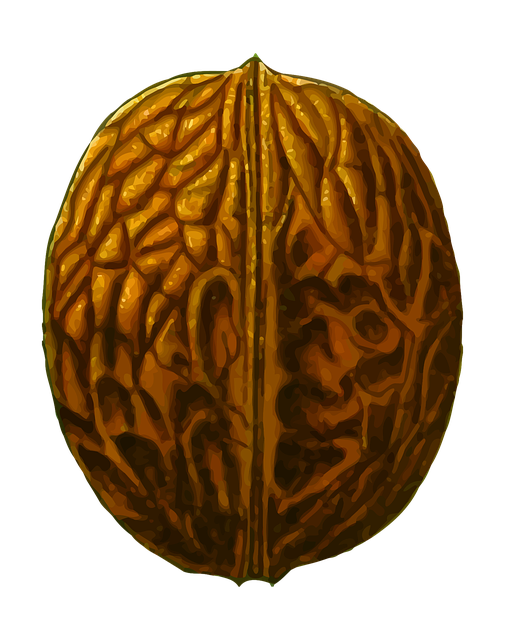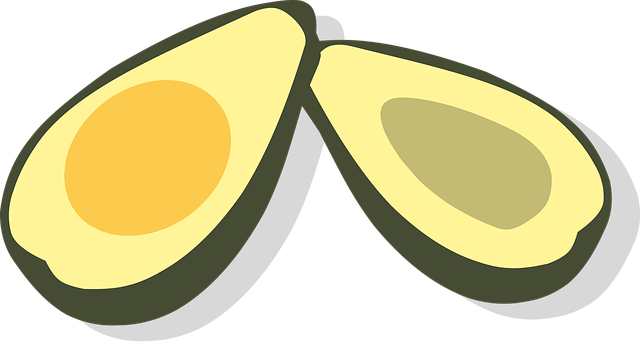THE PROTEIN SHAKE DIET
If you are looking to lose some weight to benefit your health, you may want to go onto a protein shake diet for weight loss. Protein consists of essential amino acids that you need from your diet to build new tissues, balance blood sugars, and stabilize metabolism. Though most people eat high-protein foods with their main meals, protein powders have a much higher protein content per 100g, which assists with weight loss without starving the body of food.

How The Protein Shake Diet Works
In the protein shake diet for weight loss, you replace one to two main meals with a shake or smoothie made up of your chosen protein powder and water. To avoid becoming low in essential nutrients and fiber, you may want to add other ingredients to your shake, such as
- Fiber (flaxseed, psyllium, LSA, green leafy vegetables, slippery elm, etc.) LSA is a mixture of ground almonds, linseed, and sunflower seeds.
- Fat (healthy fats that support weight loss, including Greek yogurt, flax oil, fish oil, etc.)
- Minerals (kelp powder, spirulina, or a multi-mineral supplement)
- Vitamins (berries, fresh fruit, dried fruit, etc.)
Over time, the high protein in the daily diet helps balance the body in several ways. Research shows that ingesting protein shakes regularly has a significant effect on body weight and lean muscle mass, which has nothing to do with caloric intake.

How a Protein Shake Diet Supports Weight Loss
• Balancing blood sugar levels and sweet cravings;
• Improving lean muscle mass (thus increasing calories you burn just from walking around) ;
• Stimulating increased thermogenesis/metabolism for fat burning.
While the protein shake diet may not be recommended as a long-term meal replacement, as there are concerns about malnutrition by excluding essential food groups, it is an effective method of weight loss that benefits and balances the health of the body. This is very dependent on the quality of the protein powder and what else you add to it to make it more of a complete meal.
It also depends if you are replacing 2 or 3 meals a day with protein powder. By only replacing two meals a day, you can still include many healthy vegetables and protein in your third meal. In doing that, you are less likely to miss out on key nutrients.
It is also worth noting that so many processed foods have meager nutritional value, so there is every likelihood you may already be missing lots of crucial nutrients if you consume lots of processed food.
The protein shake diet can be the first step in moving you toward a healthier eating path.
Types of Protein Powder

Whey protein is the most common source of protein powders for use in protein shakes for weight loss. Whey is a by-product of the dairy industry, and numerous trials are effective as a digestible protein and a thermogenic agent that stimulates weight loss. Whey protein can contain anywhere from 75% to 90% pure protein containing all the essential amino acids needed for tissue building.
During one double-blind study in 2008 by the Glanbia Research and Development Centre in Idaho, USA, obese volunteers taking whey protein shakes lost, on average, 6.1% of their body fat mass while retaining lean muscle.
But whey protein is not the only good protein source available to people who want to use shakes for weight loss, muscle building, and improved health. In a study by Johns Hopkins University School of Medicine in 2003, researchers determined that soy-based protein shakes used for meal replacements in 90 overweight volunteers were associated with a hugely significant weight loss.
For those not interested in soy or dairy-based protein, other whole and digestible protein options include rice protein, pea protein, and sacha inchi (a South American nut powder with about 65% protein content). Spirulina powder, a blue/green freshwater algae, is 40% protein and contains vitamins, minerals, and antioxidants.
Protein Foods To Enjoy in the Protein Shake Diet.
It is impossible to drink just smoothies and shakes 24/7, and that is why it is essential to understand high protein foods and their role in the daily diet. If you have one or two protein shakes each day, then the rest of your protein must come from foods containing whole, digestible protein. Meat, chicken, fish, eggs, soybeans, rice, quinoa, carob, and seaweed contain whole protein. Many other seeds, nuts, legumes, and grains contain only partial protein, which is not well absorbed.

On the other hand, some studies may suggest that protein found in plant-based foods may be better for your health than animal-based protein. Adults require 40 to 60g of protein every day, so you will need a wide range of foods to get there. Two eggs for breakfast, eight pieces of salmon sushi for lunch, and 150g of grilled chicken for dinner would provide approximately 78g of protein.
Safety and Toxicity of a Protein Shake Diet.
While this diet is beneficial for overall health and nutrition and weight loss, it is like all things — too much of a good thing may be bad. Protein is an acid-forming substance that can pressure the kidneys when protein intake is too high for an extended period. Anyone with kidney problems should consider this before replacing meals with protein shakes. Many protein shakes (especially whey protein) contain artificial sweeteners, flavorings, and other additives that may cause problems in some sensitive individuals. Balance your protein shakes with other alkaline foods (fruits, fresh vegetables, juices, etc.) and take breaks from the protein shake diet every once in a while

A sudden change in diet to one higher in protein can take a little while for your gut to adjust to it. You may experience bloating and even constipation temporarily.
This is another reason to have one meal a day full of healthy vegetables, and including a little healthy fat into your shake can be beneficial. E.g., flaxseed oil, avocado, or nuts.
Choose your protein powder wisely. Make sure it has little or no artificial ingredients and ideally has nutrients added. Also, it can be beneficial to mix up your protein powders, so you include different sources of protein in your diet.
There is also the possibility that if you have too much protein, it can convert to fat and increase inflammation. The more inflammation, the harder it is to lose weight.
So it’s all about balance while listening to your body and making the best choices. If you do that, you will succeed in weight loss and become healthier.
It is worth noting that the protein shake diet, depending on how many carbohydrates you consume, may send your body into ketosis. If this happens, you are likely to experience faster weight loss. You can read more about the keto diet here.
The Protein Shake diet is usually a temporary one to track weight loss. Once you have reached your goal weight, you will want to resume normal healthy eating, although replacing one meal with a healthy, nutrient-filled protein shake may still be beneficial.
